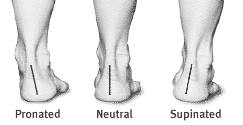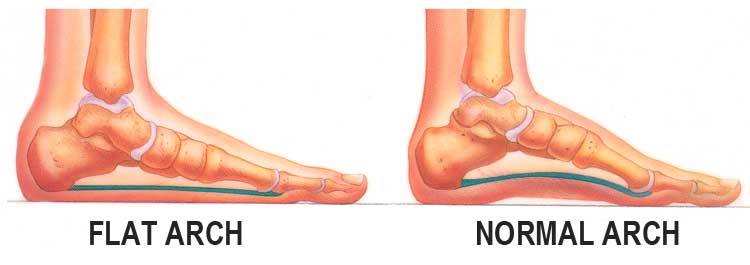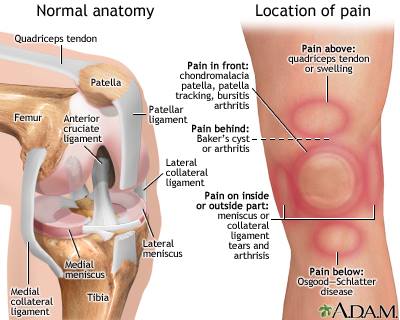Shopping basket
Subtotal: £0.00 Basket / Checkout
- Ally Gavigan:
- 10 May 2017
Flat Feet and Extra Weight
Discussion and Suggested Exercises
I posted an article last week on Pronation of the feet. Inwards and outwards pronation.

Pronation, usually due to having flat feet (causing your feet to roll inwards) and supination, where the feet roll outwards. The issues with flat feet may be increased if you to carry extra weight. They manage perfectly well until there is weight gain. The problems increase throughout the body when your legs are starting to take on extra strain. It may not be very much but I can assure you that carrying excess weight will, inevitably, cause issues in your knees, back and up the spine.

How does that start? The old song, Dem Bones from 1928 pretty much says it all:
Toe bone connected to the foot bone
Foot bone connected to the heel bone
Heel bone connected to the ankle bone
Ankle bone connected to the shin bone
Shin bone connected to the knee bone
Knee bone connected to the thigh bone
Thigh bone connected to the hip bone
Hip bone connected to the back bone
Back bone connected to the shoulder bone
Shoulder bone connected to the neck bone
Neck bone connected to the head bone
Now hear the word of the Lord.
Your patella also known as the kneecap or kneepan, is a thick, circular-triangular bone which articulates with the femur (thigh bone) and covers and protects the anterior articular surface of the knee joint.

The patella connects with the thigh bone or femur. Inside the knee is a V-shape groove, to help the knee cap glide up and down. The cartilage can eventually become damaged if your feet roll inwards and the smooth movement becomes more difficult.
As I mentioned, carrying some extra weight could place more stress on the patella. Carrying extra weight and then going to your Doctor with a sore back could mean that you are not seeing the entire picture. I have bad knees and when I go to the gym I work on two areas, the quads and hamstrings which surround the knee and by doing so strengthening these areas will help support the knee.
So, to conclude: If you have flat feet, or indeed any foot fault, that could make it more likely to sustain damage to your knees if you put on weight resulting in pain on the inside of your knees and, in some cases, under the patella.
Exercise and Flat Feet: Strengthening the arch should include strengthening the lower legs as well. It’s all connected.
Tight calf muscles can contribute to any of the following disorders:
• Hallux rigidus, Great toe arthritis
• Hallux valgus, Bunions
• Achilles tendonitis/tendinosis
• Plantar fasciitis, Heel pain
• Shin splints, common amongst dancers and runners. Pain along the inner edge of the shinbone. Doing too much too soon after a break in dance class. Hence why warm ups are truly so important before and cool downs after class. Most teachers will start you off with these and request that you get there early enough to do these before a class and take time after your class before you get dressed for home or competition
• Patellar tendonitis/tendinosis, when your patella tendon is being overstressed, Sometimes referred to Dancers Knee or Jumpers knee
• Patellofemoral pain syndromes. Knee pain ranging from severe to mild discomfort that feels it comes from the contact of the back of the patella (back of the kneecap) with the femur (thigh bone)
Calf Stretch Basic:
1: Press your heel into the floor and gently pull the ball of your foot up into an arch. Do not move your heel. Try to keep your toes straight. Slowly at first or you might get cramps. Start with five repeats building up to 10.
2: Stand facing a wall. Put one foot behind you into a short lunge. Keep your feet facing towards the wall. Lean forward onto the wall, bending the forward knee and keeping rear leg stretched with your heel on the ground. You should feel your calf being stretched on the rear leg. Hold this for 30 to 60 seconds. Change your stance around and repeat. As you get better with the calf stretch (and there are many such stretches you can do) try raising your toes slightly while pressing the rear foot heel into the ground. This increases the stretch slightly. Just be careful and do not overstrain this.
Heel raising exercises:
Heel raises can help strengthen your lower leg muscles.
Why is this important?
It is those muscles which support your arch. Stand on both legs with your hands placed on a wall or the back of a chair for balance. Try to lift your heels as high off the ground as possible while keeping the ball of the foot and your toes pressed into the floor.
Hold for 5 seconds then lower your heel to the floor. Increase this to 10 seconds over a couple of weeks. Repeat 5 times and then work up to 10 times.
Toe stretching and flexibility exercises.
If you look at your hand and understand how your fingers can flex, bend and move separately, then this will help you understand what I am about to suggest.
The muscles in your feet and your toes are similar to the muscles in the hand that move the fingers. The muscles in your feet and the tendons supporting the toes are often underused. Because of this simple fact these tendons and muscles are often not used to their fullest capacity.
The arch muscles are therefore not being strengthened accordingly. Here are some exercises that you can try.
Stretching each toe and rotating it separately from each of your other toes is not easy but you need to try and do this as much as you can or are able.
I was once shown by a ballet teacher how to press one toe onto the floor while moving the other toes. I worked this out by sitting down and pressing my foot against a wall while doing this. Great toe pressed to the wall and lift the other toes as far back as possible…do not use your hands to force the toes.
Then press the second toe down and so on.
Arch development -Toe Bending and Stretching:
Point your foot and try and create an arch. However, keep your toes stretched straight and do not bend your toes. Now stretch and stretch your toes.
When your toes are straight bend your foot AT THE ARCH. Relax and repeat five times. Over two weeks build this up to 10 times. Do this morning and night.
Sign in to add this to your favourites
Blogs
Read the latest Antonio Pacelli news here! Antonio Pacelli Blog
Antonio Pacelli Blog
Tips and advise for new Irish dancers. Beginners Guide to Irish Dancing
Beginners Guide to Irish Dancing
Archive posts from previous community bloggers. Blogger Archive
Blogger Archive
Read the latest from our in-house foot expert! Craig Coussins Blog
Craig Coussins Blog
A dad's view of feis life! Feis Dad -WTF! (What The Feis)
Feis Dad -WTF! (What The Feis)
Catch up on the Shelly Allen archive and be inspired! The Shelly Allen Archive
The Shelly Allen Archive


